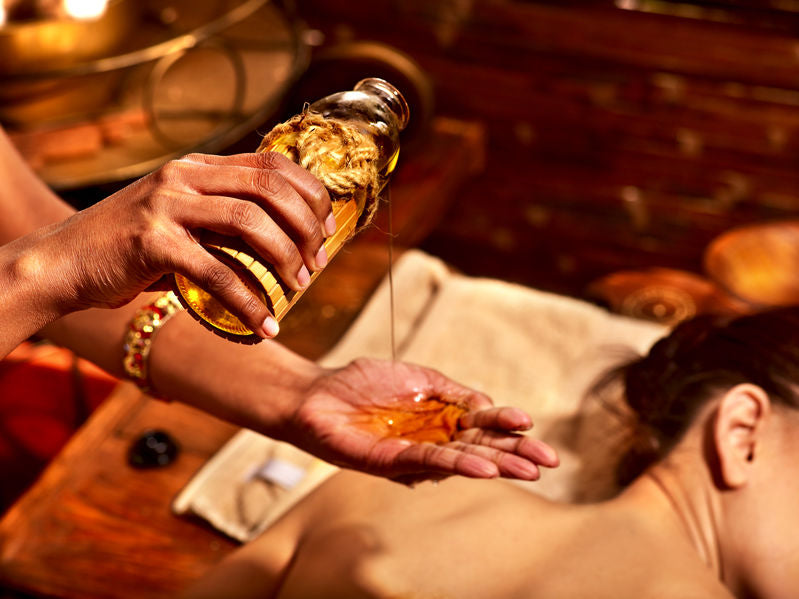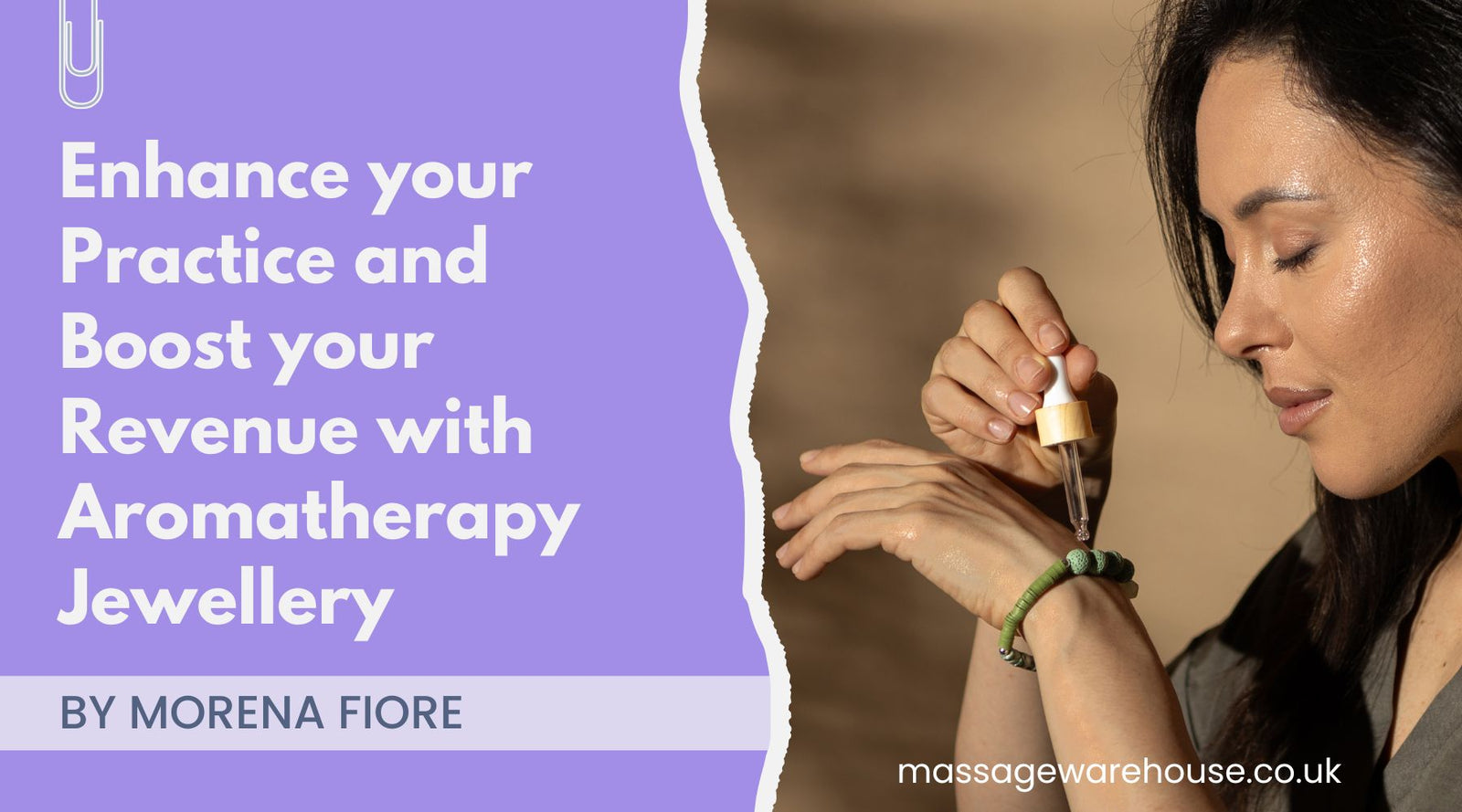Your Cart is Empty
Absoltely perfect fits so nicely and washes like a dream. Highly recommend
Just what I wanted. The blanket is very well made. Has a good length lead so doesn't get in the way. Very happy with my purchase
Fits perfectly into my Master Massage table so is perfectly compatible. Supports good hygiene between clients and quick change over process. Highly recommended!
Recently purchased the head rest support after my old one has worn out. The new one is higher with much more cushioning. This gives me the confidence that my clients can rest peacefully during their treatment.
This oil comes in a nice sturdy container and is easy to dispense.
It has negligible scent , so it is great for mixing with aromatherapy oils if you choose.
It makes for a good general purpose massage oil that is very cost efficient.





